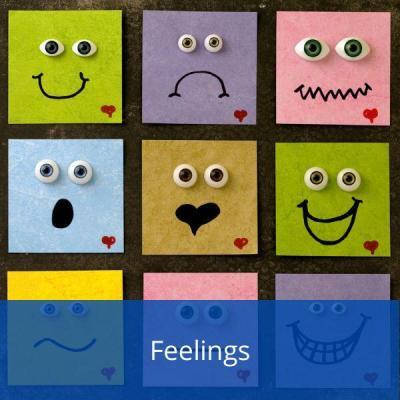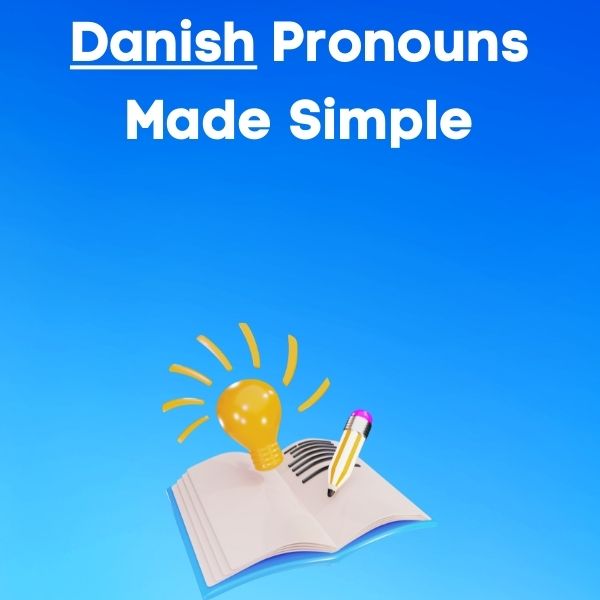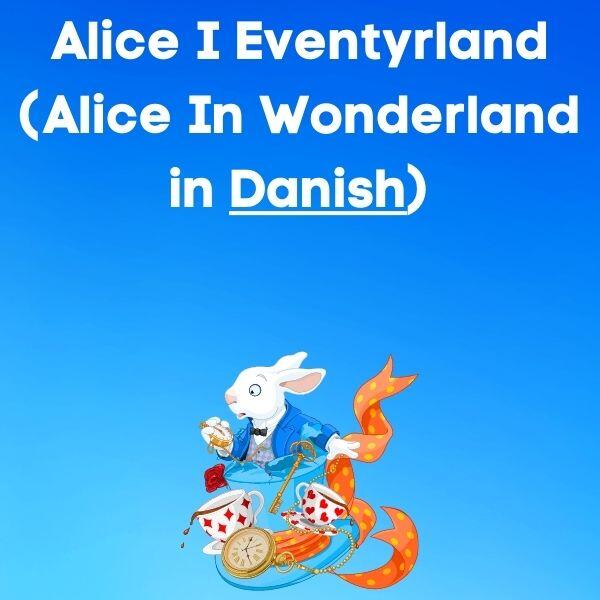Danish Language Basics: Useful Danish Phrases For Beginners And Travelers
Danish is a language spoken in Denmark, Greenland, and the Faroe Islands. It is a North Germanic language descended from Old Norse. Danish is closely related to Swedish and Norwegian, and although the languages aren’t mutually intelligible, much of the vocabulary is shared between them.
If you’re considering a visit to Denmark – or you’re simply interested in seeing how the Danish language operates – you’ll find that learning a few basic phrases will come in handy. Although most people in Denmark speak very good English, it’s always nice to be able to show off your language skills (and impress the natives).
In this article, you’ll find 42 commonly-used Danish words and phrases that all beginners and travelers should know. To help you navigate to the words that interest you most, we’ve organized the phrases into categories.
A note before you start:
We haven’t included greetings here because we have a separate post dedicated entirely to them: Greetings and Salutations in Danish.

Pleasantries
This section focuses on words and phrases that you use with people out of politeness or when celebrating something.
How do you say “please” in Danish?
Danish doesn’t have a direct translation for the word ‘please’. Instead, where you would ask for something politely in English using ‘please’, you might say ‘thanks’, which is “tak” in Danish.
Example: A glass of wine, please = “Et glas vin, tak.”
There are, however, other phrases Danes use to make a sentence more polite. You could use “vær venlig at”, which means ‘be kind to’, or “vær så venlig at”, which means ‘please be so kind as to’, then add the verb you’re asking someone to do.
There’s also “bede om”, which can be inserted before a verb to make it more polite.
How do you say “thank you” in Danish?
It’s easy to say ‘thanks’ or ‘thank you’ in Danish, just use “tak”.
You can make your gratitude more emphatic by adding “mange tak” (many thanks), or even “tusind tak” (a thousand thanks). These are both used regularly.
How do you say “excuse me / sorry” in Danish?
“Undskyld” means both ‘excuse me’ and ‘sorry’ in Danish. You can also use “beklager” to say ‘sorry’.
How do you say “congratulations!” in Danish?
When you want to congratulate someone in Danish, say “Tillykke!”
How do you say “good luck” in Danish?
The Danish phrase for ‘good luck’ or ‘best of luck’ is “held og lykke”.
How do you say “happy birthday” in Danish?
When you want to wish someone a happy birthday in Danish, say “Tillykke med fødselsdagen!”. This literally translates to ‘congratulations on your birthday’.
How do you say “Merry Christmas” in Danish?
When wishing someone a happy or merry Christmas, you can say “Glædelig Jul!”.
You might also see or hear “God Jul!”, which has the same meaning.
How do you say “Happy New Year” in Danish?
To wish someone a happy new year, use “Godt nytår!”.
How do you say “I love you” in Danish?
“Jeg elsker dig!” is how you say ‘I love you’ in Danish.
Questions and Answers
In this section, you’ll learn the most commonly-asked questions in Danish, along with their answers.
What is “yes” in Danish?
The Danish word for ‘yes’ is “ja”.
There’s also the contradictory “yes”, which you’d use if the question is phrased in the negative. This is “jo”.
What is “no” in Danish?
The Danish word for ‘no’ is “nej”.
How do you say “how?” in Danish?
The word for ‘how’ in Danish is “hvordan”.
How do you say “why?” in Danish?
You use “hvorfor” to ask ‘why’ in Danish.
How do you say “who?” in Danish?
“Hvem” is the Danish word for ‘who’.
How do you say “when?” in Danish?
If you want to say ‘when’, you would use “hvornår”.
How do you say “where?” in Danish?
The Danish word for ‘where’ is “hvor”.
How do you say “what?” in Danish?
The word for ‘what’ in Danish is “hvad”.
How to say “what’s your name?” in Danish?
In Danish, you would say “Hvad hedder du?” to ask someone (a single person) what their name is. You might also hear “Hvad er dit navn?”
How to say “my name is” in Danish?
The Danish phrase for ‘my name is’ is “Jeg hedder ______”, filling in the blank with your name.
How to say “how much is this?” in Danish?
The Danish translation for ‘how much is this?’ or “how much does this cost?’ would be “Hvor meget koster det (her)?”.
How to say “where am I?” in Danish?
If you get lost in Denmark, you’ll want to know where you are, in which case you’d ask a passerby, “Hvor er jeg?”.
How to say “where is/are?” in Danish?
When asking where something is, for both singular and plural, you’d use “Hvor er _____?”. Fill in the blank with what you’re looking for.
How to say “how do I get to?” in Danish?
In Danish, you would use “Hvordan kommer jeg til _____?” to ask how to get somewhere.
How to say “can you repeat that, please?” in Danish?
If you didn’t catch what someone said, or want them to repeat themselves, you’d say “Kan du gentage det, tak”.
How to say “do you speak English?” in Danish?
The Danish phrase for ‘do you speak English?’ is “Taler du engelsk?”.
How to say “I don’t speak Danish” in Danish?
If you don’t speak Danish, you would say to someone “Jeg taler ikke dansk”.
How to say “do you speak Danish?” in Danish?
If you want to ask someone if they speak Danish, you would say “Taler du dansk?”.
Feelings
In this section, you’ll find some words and phrases that are useful for describing how you’re feeling, your state of mind, etc.
How do you say “I like it” in Danish?
In Danish, you say “jeg kan lide det” to express that you like something.
How do you say “I don’t like” in Danish?
The Danish phrase for ‘I don’t like’ is “jeg kan ikke lide”.
How do you say “I would like to” in Danish?
The Danish translation for ‘I would like to’ is “jeg vil gerne”.
How do you say “I don’t understand” in Danish?
You say “jeg forstår ikke” in Danish when you don’t understand something.
How do you say “I don’t know” in Danish?
In Danish, “jeg ved ikke” or “det ved jeg ikke” is used to express not knowing something.
How do you say “I’m happy” in Danish?
“Jeg er glad!” is how you declare your happiness in Danish.
How do you say “I’m hot” in Danish?
The Danish phrase for ‘I’m hot’ is “jeg har det varmt”.
How do you say “I’m cold” in Danish?
If you want to say that you’re cold, you’d use “jeg fryser”.
How do you say “I’m hungry” in Danish?
The phrase ‘I’m hungry’ in Danish is “jeg er sulten”.
How do you say “I’m thirsty” in Danish?
In Danish, “jeg er tørstig” is used to say that you’re thirsty.
How do you say “I’m tired” in Danish?
The translation for ‘I’m tired’ in Danish is “jeg er træt”.
How do you say “I’m lost” in Danish?
You’ll probably want to know how to say ‘I’m lost’ in Danish if you find yourself without your bearings at any point during your travels. The phrase “jeg er faret vild” should be used in this case.
How to say “help!” in Danish?
If you need help, “hjælp!” should do the trick in Denmark. If you want to go a step further and ask someone if they can help you, you’d say, “Kan du hjælpe mig?”.
How to say “stop!” in Danish?
To say ‘stop!’ in Danish, use “stop!” or “hold op!”.
Wrapping things up
That’s all we’ve got for you today, folks! We hope this guide was helpful in getting you started with the Danish language.
Read them as many times as you need to, practice them, and before you know it, you’ll be spouting Danish phrases like a pro!
If you want to learn some more useful Danish vocabulary, do check out Days of the Week, Months of the Year, Seasons, Weather, and Time in Danish. Or maybe you’d like to learn Numbers and Counting in Danish.





